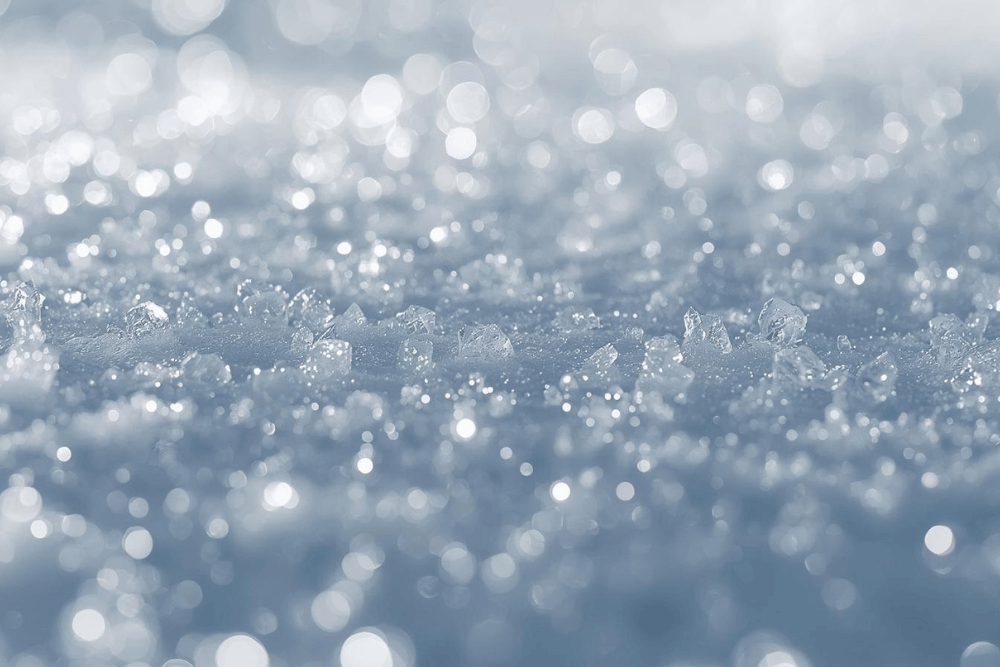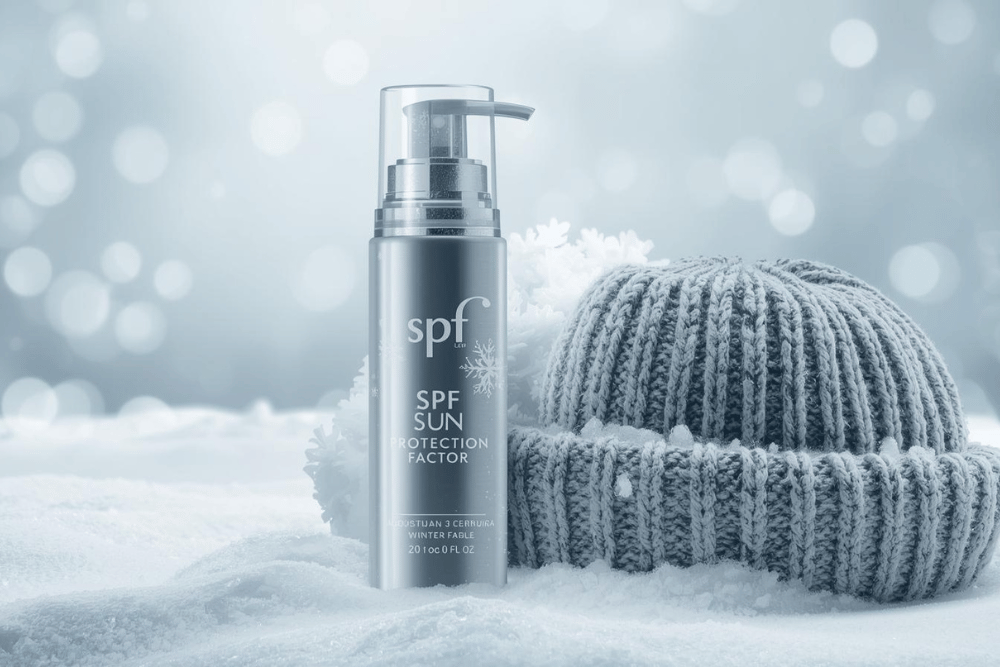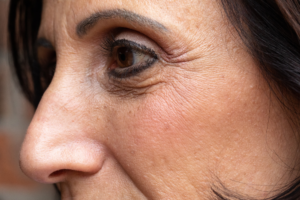It’s tempting to put the sunscreen bottle away once summer is over. After all, the sky is gray, and the sun seems to hide for weeks at a time, right? Wrong. This common mistake is one of the fastest ways to sabotage your skin’s health and negate the effects of your expensive fall skin repair treatments. Here is the evidence-based truth about why broad-spectrum SPF is your single most important winter skin product.
The Two Types of Harm You Need to Stop

- The Power of UVA Rays
While the intensity of UVB rays (the ones that cause sunburn and redness) decreases in winter, UVA rays remain relatively constant year-round. UVA rays penetrate deep into the skin’s dermis, causing gradual but significant damage to collagen and elastin fibers. This is the ray responsible for long-term aging: wrinkles, laxity, and hyperpigmentation. If you can see daylight, the UVA rays are affecting your skin!
- The Reflective Threat of Snow
If you live or vacation near snow, the risk is even higher. Fresh snow can reflect up to 80% of UV radiation. This means your skin is getting hit twice—once from the sky and once from the ground—making the total exposure much more intense than in the summer, especially at higher altitudes.
Protecting Your Investment

Protecting Your Treatment Results
If you underwent corrective treatments in the fall (like peels or lasers), your new skin is incredibly sensitive and vulnerable. Skipping SPF will immediately compromise your results, leading to rapid re-pigmentation and inflammation. Sunscreen is not just a protector; it’s a treatment finisher that locks in the benefits of your professional care.
The Indoor Threat
Most standard glass windows block UVB rays but not UVA rays. If you spend your work day next to a window, you are consistently exposed to aging rays. Daily SPF is essential for indoor workers, too.
Choosing the Right Winter SPF

Look for Added Hydration
Winter SPF formulas have evolved. Look for mineral-based sunscreens that contain added skin-loving ingredients like Hyaluronic Acid, niacinamide, or ceramides. This way, your SPF can double as a protective moisturizer, simplifying your winter routine.
Apply Last, Apply Liberally
Sunscreen should always be the final step in your morning routine, after all other serums and moisturizers. And remember: SPF must be applied to all exposed areas, including the neck, ears, and hands.
Conclusion:
Sunscreen is not seasonal; it’s a daily commitment to your long-term skin health. Protecting your skin from constant UVA exposure in the winter is the best defense against wrinkles, aging, and pigmentation. Don’t let winter complacency sabotage the clarity and radiance you work so hard to maintain.
Ready to winter-proof your skin? Consult with Dr. Vini Singh at Ziva Wellness to find the perfect professional-grade, hydrating SPF for your winter routine.




